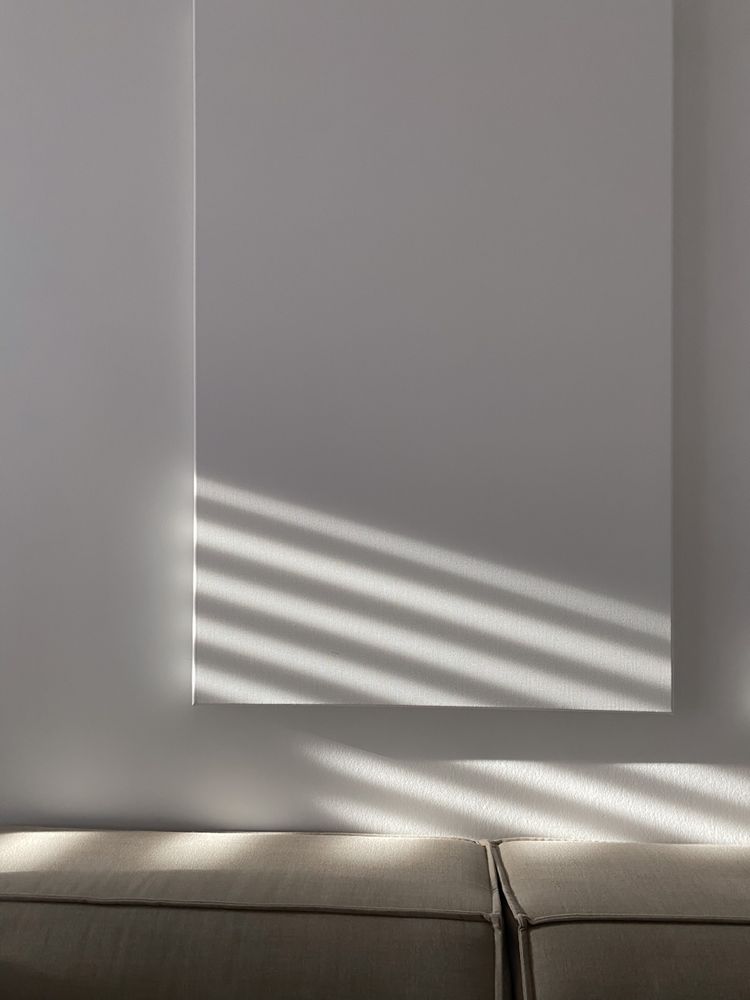Photographing in the Art Museum── Visitor Attitudes and Motivations
Taking photographs is an inescapable part of 21st-century life. Photographing and selfies in the art museum increasingly become a cultural phenomenon in recent years. However, a large proportion of people go to art galleries or exhibitions just for the sake of taking pictures to post on social media, rather than being interested in the artworks or wanting to learn about them. They spend a lot of time just taking a good photo and then leave satisfied without reading any introduction to the exhibition. It seems that the museum is no longer a place to go to look at art or exhibits, but rather a place to document experiences and share those adventures with others – those we might term “followers” (Rebecca, 2020). The advent of social media has given more exposure to the artworks, but at the same time, it has also distanced people from the art.
Museum turns out to be a significant site for “identity work” – processes that include “building, maintaining, and adapting a sense of identity, and persuading others to believe in it” (Rounds, 2006, p. 133; see also Howard, 2000). Increasingly, galleries are emerging as popular locations for selfie-taking. For example, Blühm (2016) describes how social media and the rise of selfie-taking have affected the management of the Groninger Museum in the Netherlands. Burness (2016, p. 95) presents a comprehensive overview of the museum selfie phenomenon, and quotes poet laureate Ken Goldsmith as saying that sculptures such as the Mona Lisa have become “wallpaper for selfies”.
The most typical criticism levelled against selfie-takers is that it is a kind of self-promotion. This phenomenon has largely been studied as isolated and decontextualized behaviour of narcissists. Nowadays, the two motivations for taking photographs in museums are as a building material for self-identity and as an art form in its own right (Theopisti, 2017). Many people feel that being surrounded by selfie-takers is as consumed by their own appearance as the exhibits ruin the museum’s atmosphere. How can a person who has waited their whole life to see The Starry Night enjoy it in quiet contemplation while a flock of people are around them, jostling for the best angle, lighting and position for their selfie?
Furthermore, photographing also increases the risk of damage to the displays. There is a widespread moral panic surrounding potential damage to artwork from careless selfie-takers at museums. Accidents are sure to happen when individuals are more concerned with capturing the finest picture than with the artwork next to them. Take, for example, the infamous 14th Factory incident, in which a girl crouching next to an installation in Los Angeles accidentally knocked over a pedestal, inflicting $200,000 in damage. If the girl had not been utilising the exhibit as a backdrop for a selfie, such a disaster would not have occurred. This is why some museums specify designated “photo locations” or outright restrict photography. For instance, the Van Gogh Museum in 2014 and the Musée d’Orsay in 2011 have re-introduced photographic bans. Most famously, New York’s Museum of Modern Art has taken the decision to ban selfie sticks from entering the premises.
Photographing in the museum seems to represent a lack of appreciation, ignorance or even a touch of narcissism. However, the sharing on social media also offers a positive impact on the museum on their engagement with the public, whether that’s marketing new exhibitions, seeking donations or attracting overseas interest. Moreover, in a world now dominated by the cult of the influencer, having the endorsement of influential selfie-takers can often drive footfall more effectively than a costly PR campaign. Russell Dornan (2017) claims that the social media platform may be used to better analyse and communicate with audiences, as well as deepen visitor engagement and create a collaborative community.
Therefore, in conclusion, the question should be how we can balance the relationship between the digital world and physical arts. To ensure that all are free to enjoy their favourite exhibits in a way that does not compromise the experiences of others. No-photo policies can be difficult to enforce, but we can change the attitudes and motivation to go to the museum, avoid some uneducated behaviours such as crossing the blocked line or sitting directly on top of the artwork, at least to show respect to the curators and artists.
